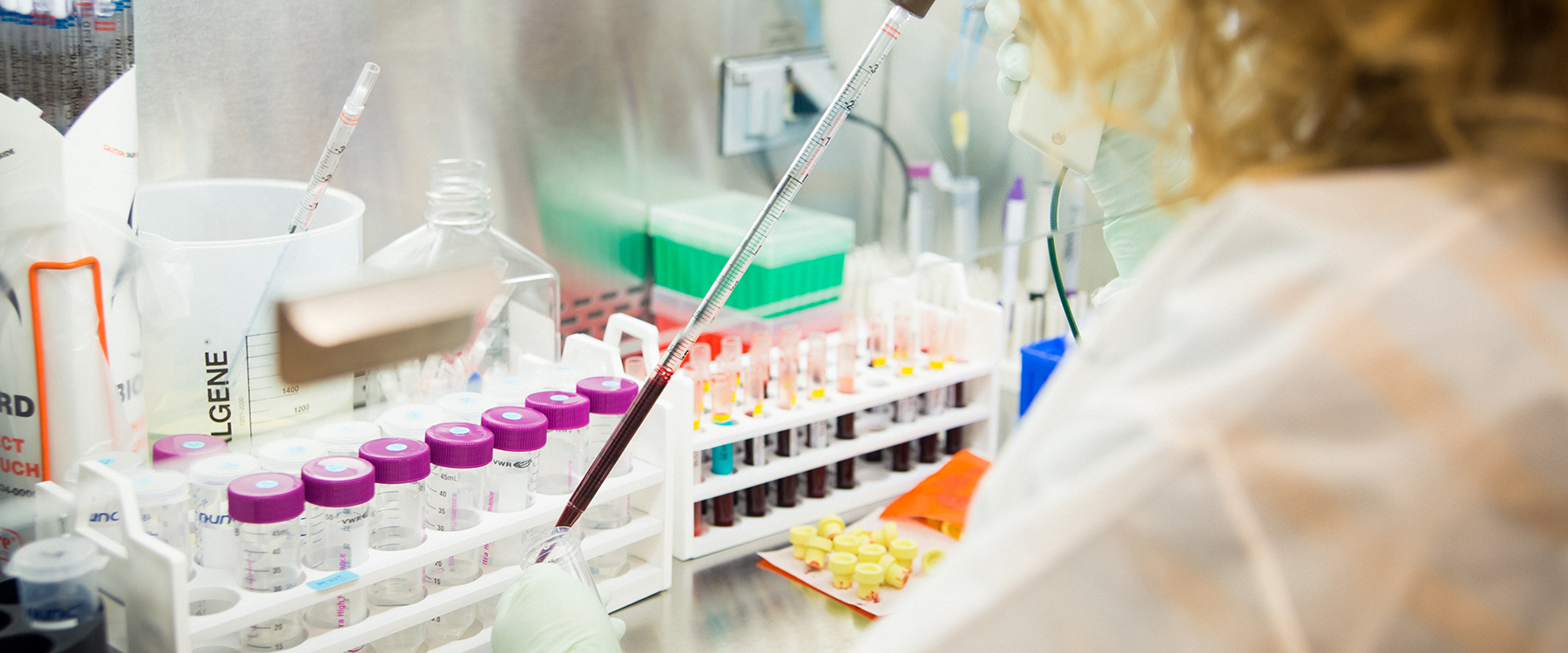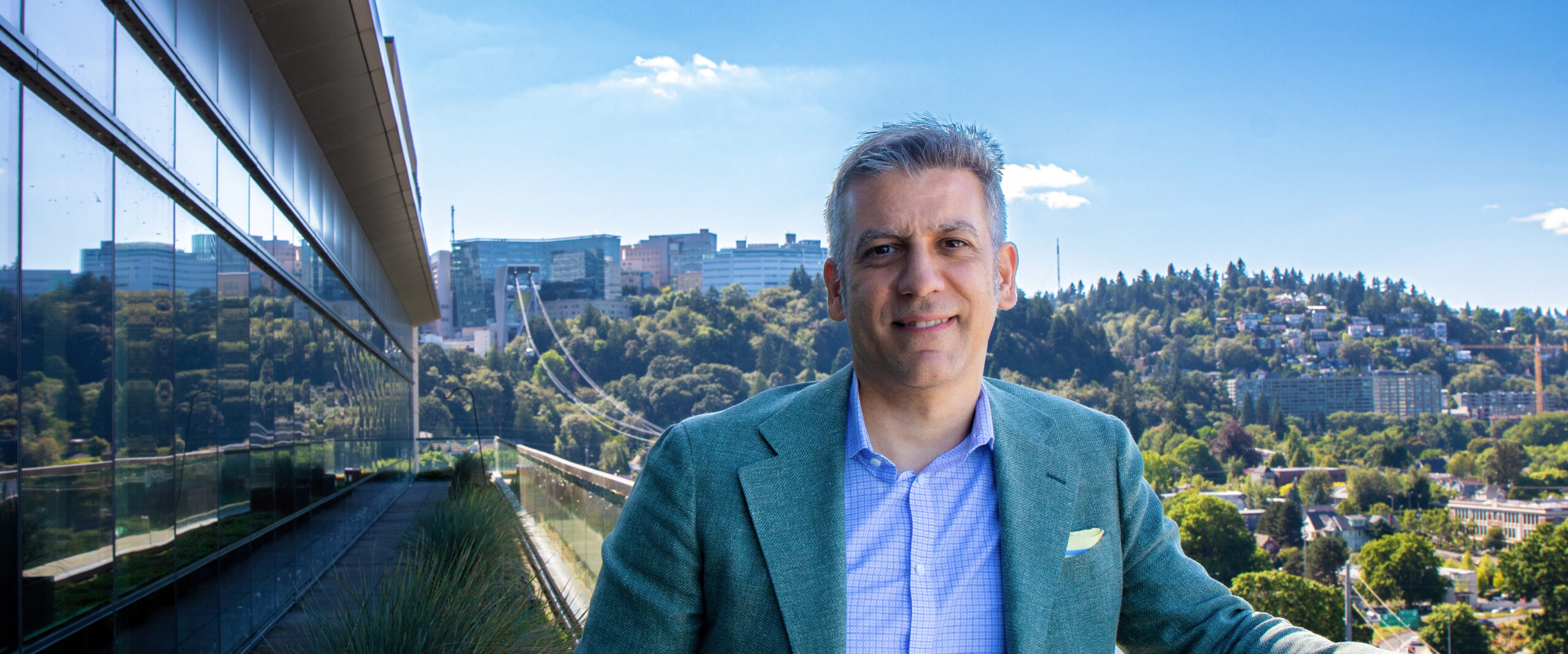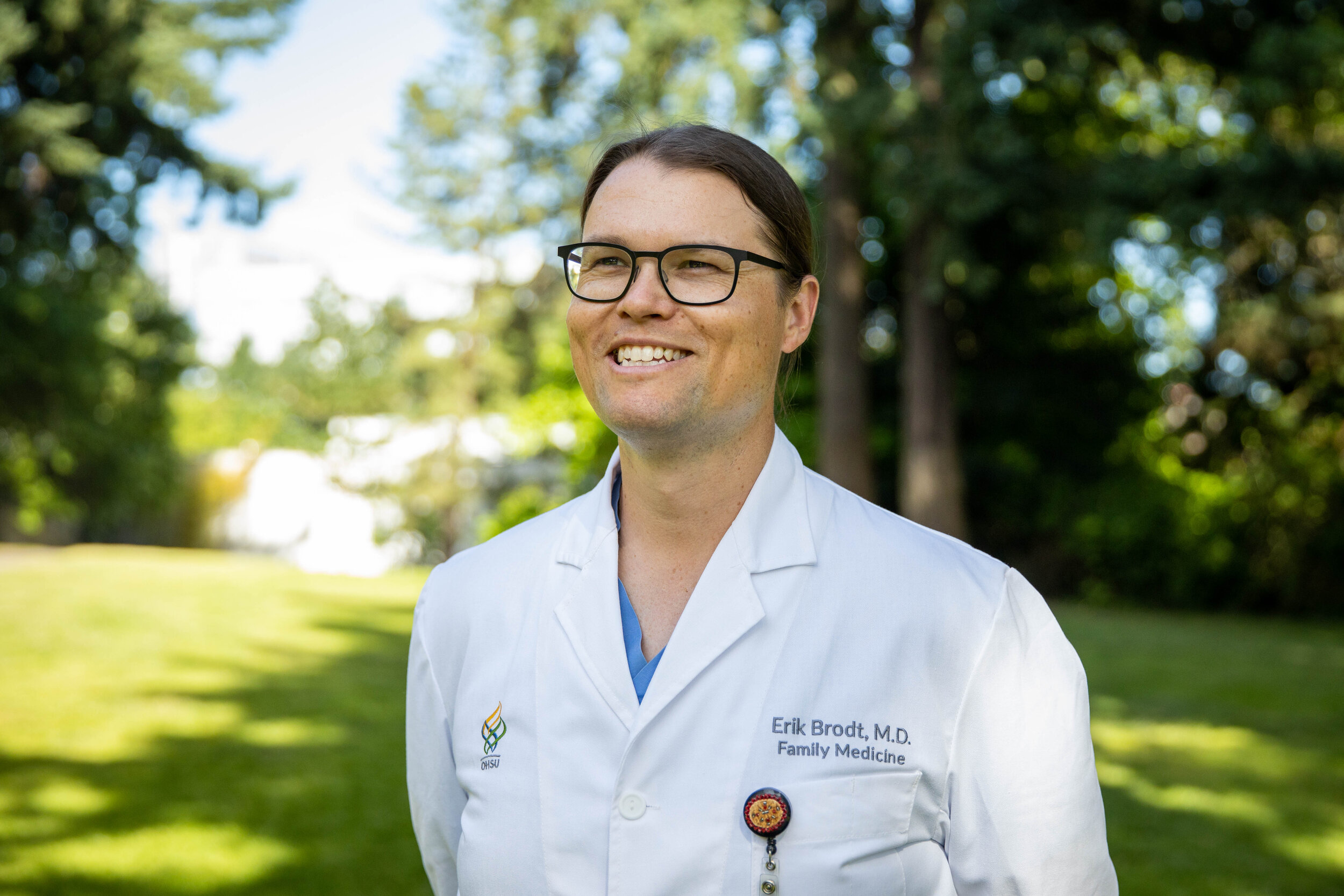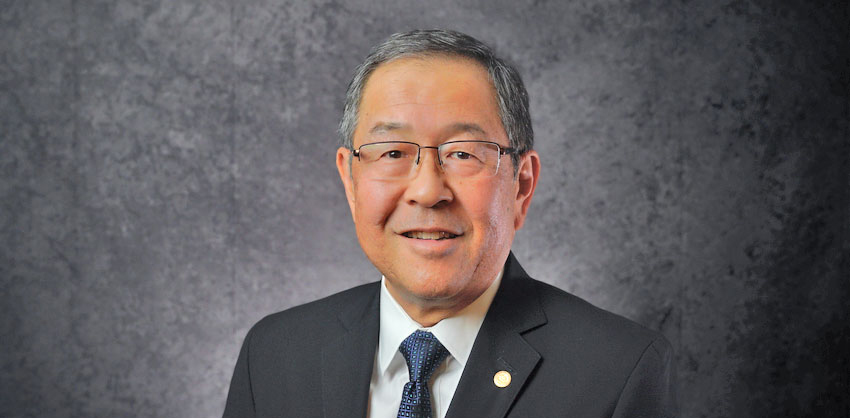By Willow Bacon
For Ignite Magazine
It may sound counterintuitive, but rare diseases are more common than you’d think. There are approximately 10,000 known rare diseases in the world, and countless others that have yet to be identified. While it isn’t widely known, OHSU is home to over 50 world-class researchers studying hundreds of rare diseases. Their work has led to breakthrough discoveries, offering new hope to patients and their families.
The anguish of the unknown
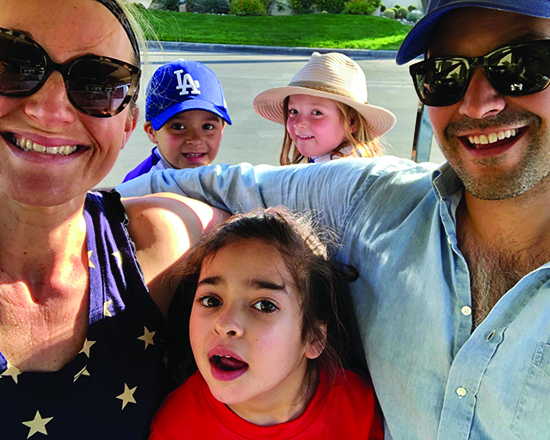
When Isabel Cowan was born in 2014, her parents, Robert and Katie, were over the moon. With her big round eyes, bright smile and dark curly hair, she looked like everyone’s idea of a thriving baby girl. But as Isabel began to miss development milestones at the one-year mark, Robert and Katie started to worry that there might be something wrong.
Evaluations with pediatricians followed. Then evaluations with specialists. Then rounds and rounds of bloodwork, EEGs, MRIs and hospital stays. The only diagnosis doctors could provide was painfully vague: global developmental delay.
After five long years, genome testing revealed an ultra-rare disease: Beta-Propeller Protein-Associated Neurodegeneration (BPAN). Impacting only a few thousand people worldwide, this progressive condition results in profound physical and mental decline.
“We learned BPAN is considered an ‘orphan disease,’ because very few doctors are aware of, let alone trained in, managing it,” Robert explained.
In 2020, the southern California-based family was meeting with yet another specialist to discuss Isabel’s case. During the evaluation, the specialist said, “I know some doctors you should meet. These are the folks that discovered the genetic mutation that leads to BPAN.”
As it turned out, those doctors were at OHSU.
“As the parent of a child with a rare disease, you feel like you could always be doing more. So, to sit in a room with 10 medical professionals and have them tell you, ‘You guys are doing a great job,’ is incredibly comforting.”
Katie Cowan
A place for answers, care and empathy
For many families facing a diagnosis of a rare disease, OHSU is a beacon where they can find answers, care and empathy.
“OHSU is a magnet for people around the world who want to sit in a room with doctors who actually know about and understand these diseases,” explained medical geneticist Susan Hayflick, M.D., Ph.D. Hayflick and movement disorders neurologist Penny Hogarth, M.D., discovered the genetic underpinnings of NBIA (neurodegeneration with brain iron accumulation), a group of rare neurodegenerative disorders, including BPAN and PKAN (pantothenate kinase-associated neurodegeneration).
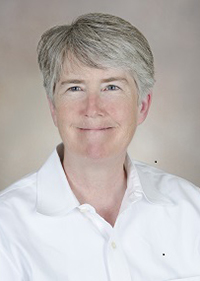
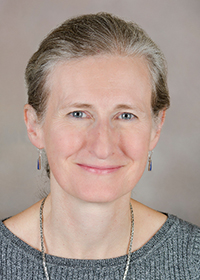
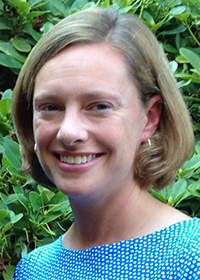
Hayflick and Hogarth did more than make groundbreaking discoveries about these disorders — they and their team lead the international effort to create clinical management guidelines for the NBIA disorders, and they are recognized as international leaders in their study, care and management. Hogarth and Hayflick are both faculty in the Department of Molecular and Medical Genetics (MMG) at the OHSU School of Medicine, where Hogarth is a professor and Hayflick is the chair, as well as serving as a professor of pediatrics and neurology.
“As a designated Center of Excellence, OHSU serves as a hub for these families,” said Allison Gregory, M.S., CGC, associate professor of MMG at the OHSU School of Medicine, who is often the first point of contact for those diagnosed with a rare disorder. “They can come to us for clinical care, and we’re also a place where they can ask the hard questions.”
“To be a leader in rare disease research, you need clinicians and researchers who are willing to dedicate a good chunk of their career to forming long-term partnerships with these patients and their families. That’s where OHSU just excels.”
Brian O’Roak, Ph.D., professor of MMG at the OHSU School of Medicine
The questions don’t always have easy answers. Rare diseases disproportionally affect children and adolescents, and nearly all of them are serious or life-threatening. It often falls to Gregory to prepare parents for the long road ahead.
“A lot of these conditions don’t have a good prognosis, so they can be hard discussions,” said Gregory. “But they’re also open and honest discussions, and I think parents appreciate that.”
Isabel’s mom, Katie, agrees. “OHSU has really been an emotional safety net for us,” she said. “As the parent of a child with a rare disease, you feel like you could always be doing more. So, to sit in a room with 10 medical professionals and have them tell you, ‘You guys are doing a great job,’ is incredibly comforting.”
Fueled by families
Because living with a rare disease can be an isolating experience, clinicians frequently help connect patients and families who share a similar diagnosis. Many families also take proactive steps to create or join associations for their rare diagnoses.
“We have a Facebook group of over 100 families that share the same rare, genetically defined autism subtype,” said Brian O’Roak, Ph.D., a professor of MMG at the OHSU School of Medicine who is researching the molecular basis of neurodevelopmental disorders. “They talk about their kids, share how they’re progressing developmentally, discuss the latest research and mobilize fundraising campaigns.”
The contributions of families to research efforts cannot be understated. To build repositories of genetic samples that scientists can use in their research, families literally roll up their sleeves and donate blood, skin and DNA. Their efforts give researchers a treasure trove of biosamples to pull from and allow them to accelerate the pace of clinical trials.
Some families, like the Cowans, have started their own nonprofit organizations to support research efforts. To expedite the development of therapeutics for BPAN, Isabel’s Chance funnels contributions to the small but mighty community of BPAN investigators around the world. To date, they have raised more than $100,000 to support the search for treatment and a cure.
“In the absence of a wider scientific community or support group that is dedicated to advancing this work, families are stepping in to bridge the gap,” said Robert. “We’re going to researchers and clinicians like the folks at OHSU and saying, ‘Hey, if you’re willing to do this research, we’ll make funds available to you.’”
A world-class resource: OHSU
OHSU has quietly become a premiere destination for rare disease research and clinical care. This reputation for excellence attracts more than patients and families — it attracts some of the world’s top talent.
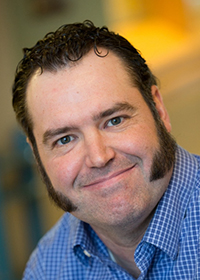
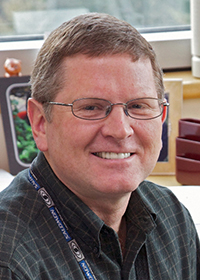
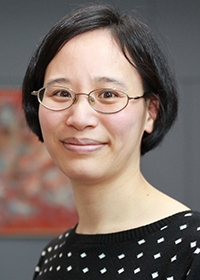
“I think OHSU has always had a really strong culture of nurturing scientists who have rare diseases as their target,” said Cary Harding, M.D. “We also have one of the longest-running histories of doing genetic research. That’s something even the bigger scientific institutions don’t have.” Harding is a professor of MMG at the OHSU School of Medicine whose research focuses on finding a safe and permanent cure for phenylketonuria (PKU), a rare condition in which the body cannot break down an essential amino acid.
“To be a leader in rare disease research, you need clinicians and researchers who are willing to dedicate a good chunk of their career to forming long-term partnerships with these patients and their families,” said O’Roak. “That’s where OHSU just excels.”
That dedication and partnership have led to some major breakthroughs:
- Hayflick and Hogarth lead a team that developed a promising new treatment for PKAN, another NBIA disorder. Based on promising results from a just-completed clinical trial, the compound may correct biochemical abnormalities that cause the disease. Working closely with the FDA, the team is developing the treatment using a low-cost model that will make it far more accessible to the families that need it most. “Our first priority is to try to relieve the suffering that this disease causes,” said Hogarth.
- O’Roak and his team have helped identify over 200 places on the genome which, when disrupted, can lead to autism. “Even though autism is relatively common, there are a lot of rare genetic causes,” he explained. “Finding them has been a big deal, because it answers the question of ‘why’ to many families who want to know how the autism occurred. Whereas 10 years ago, we had no answers at all.”
- Sleep medicine expert Miranda Lim, M.D., Ph.D., has spearheaded research that uncovered that a rare sleep disorder, known as REM sleep behavior disorder (RBD), occurs at a significantly higher rate among military veterans suffering from post-traumatic stress disorder. RBD has been linked to Parkinson’s disease, and often precedes classic symptoms of Parkinson’s by years. “Identifying patients with RBD presents an opportunity to identify people at risk of Parkinson’s and potentially provides a more viable window to test promising interventions,” said Lim. Lim is the Co-Director of the Sleep & Health Applied Research Program (SHARP) and the Associate Director of the Oregon Alzheimer’s Disease Research Center, as well as an associate professor of neurology at the OHSU School of Medicine and staff physician at the VA Portland Health Care System.
- Harding has helped bring two new therapies to market for PKU. He and his team are now focused on gene editing, which would correct the mutated gene in PKU patients. “The patients are always the inspiration for our work,” he said. “The ultimate goal is to find better treatments for them.”
When you give to the few, you benefit the many
Across the board, investigators of rare diseases at OHSU face the same roadblock: the perception that because a disease is rare, it’s not worthy of the same level of funding that more common diseases receive.
While it’s true that each rare disease might affect only a few hundred to a few thousand people worldwide, the collective impact is devastating. In fact, nearly 30 million people in the U.S. suffer from some form of a rare disease or disorder.
There’s another compelling reason to support rare disease research: Because so many of these conditions are genetic, researchers know their precise cause; and it stands to reason that a gene therapy that works on a rare disease could have more widespread applications.
“Our work has revealed insights that are directly relevant to other neurodegenerative diseases like Parkinson’s,” explained Hogarth. “So, if something comes out of our research, it’s not at all a fantasy to think that it could have a very real impact in Parkinson’s disease.”
Harding carries the same optimism. “If I can find a way to correct a PKU disease gene in the liver, then there’s no reason that you couldn’t tweak it a little bit and have it work for common conditions that also affect the liver,” he said.
Scientific benefits aside, there’s also the simple fact that patients suffering from rare diseases deserve the same access to quality treatments and care, no matter how many — or few — are affected.
Isabel’s parents couldn’t agree more. “It isn’t a numbers game,” said Robert. “We’re talking about people’s lives here. This research can help precious kiddos that mean the world to their families.”
